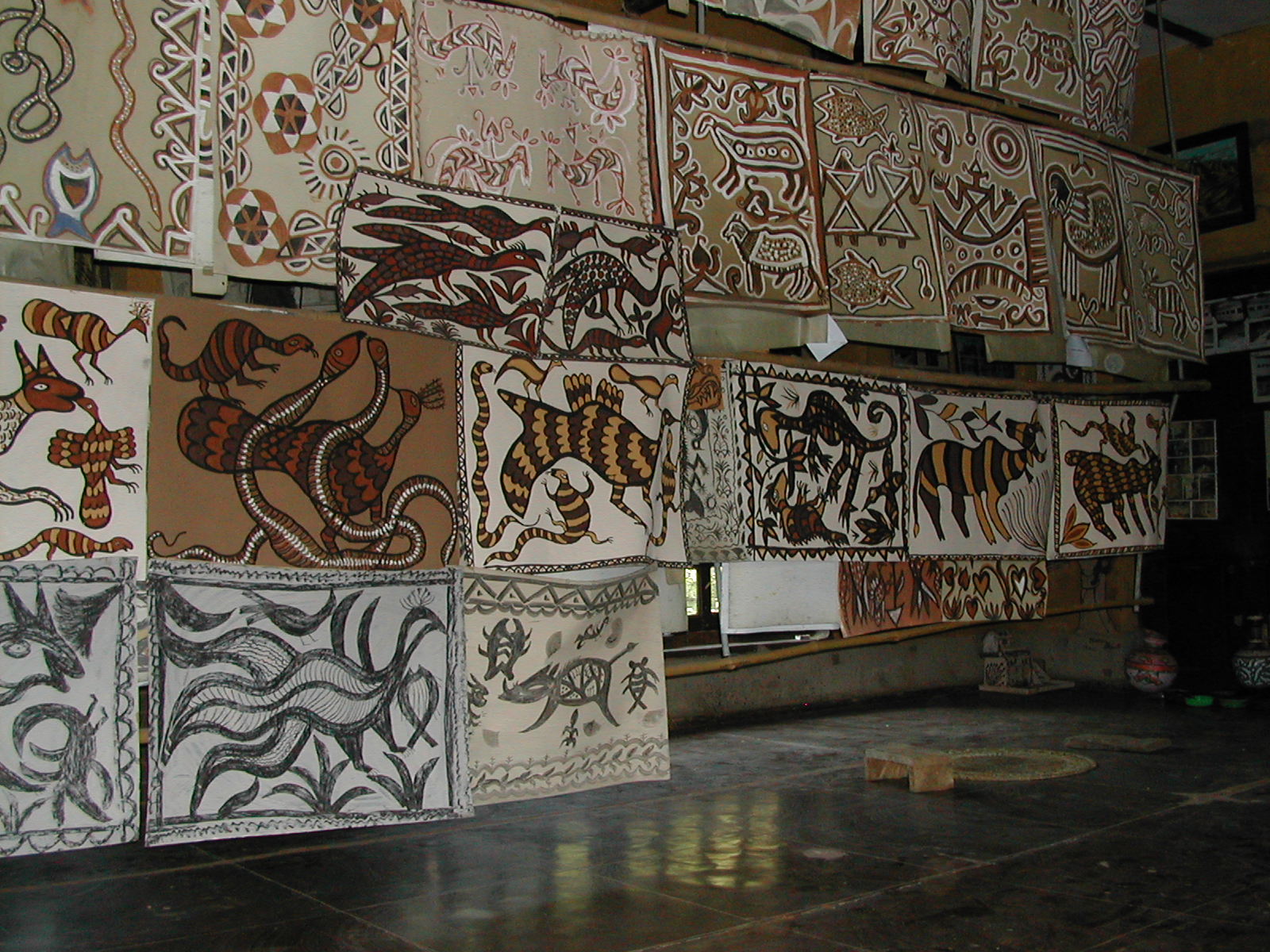Free Courses Sale ends Soon, Get It Now


Free Courses Sale ends Soon, Get It Now



Disclaimer: Copyright infringement not intended.
Context
Remote Bengal village to begin New Year with workshop on ancient indigenous art.
Details
Historical Context
Characteristics
Sohrai Painting:
Khovar Painting:
Creation Process
Present Scenario
Conclusion
The recognition and preservation of Sohrai and Khovar paintings not only honor the indigenous heritage of Jharkhand but also serve as a testament to the artistic legacy passed down through generations, enriching the cultural fabric of the region.
|
PRACTICE QUESTION Q. Which of the following statements is/are correct? I. Sohrai paintings primarily portray deities and mythological tales, while Khovar paintings focus on daily life scenes. II. Sohrai and Khovar paintings have strong matriarchal roots and are passed down from mothers to daughters. III. These paintings are traditionally created on mud walls and are associated with harvest festivals and marriage rituals. Options: A) Statements I and II B) Statements II and III C) Statements I and III D) All of the above Correct Answer: B) |
© 2024 iasgyan. All right reserved